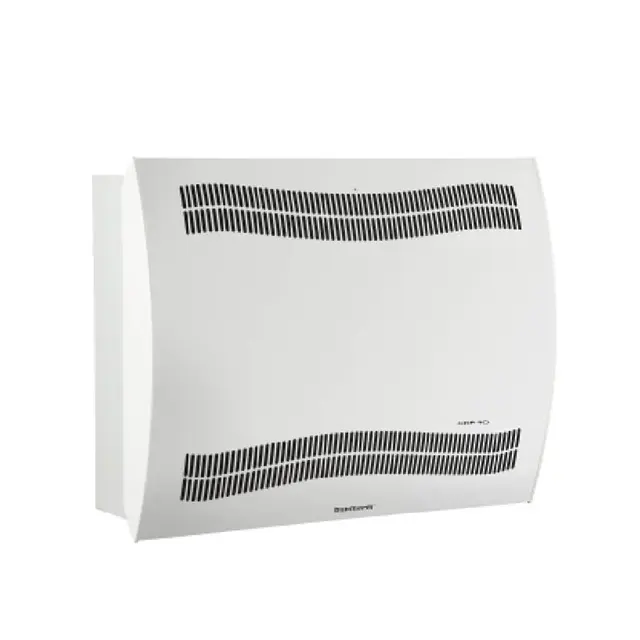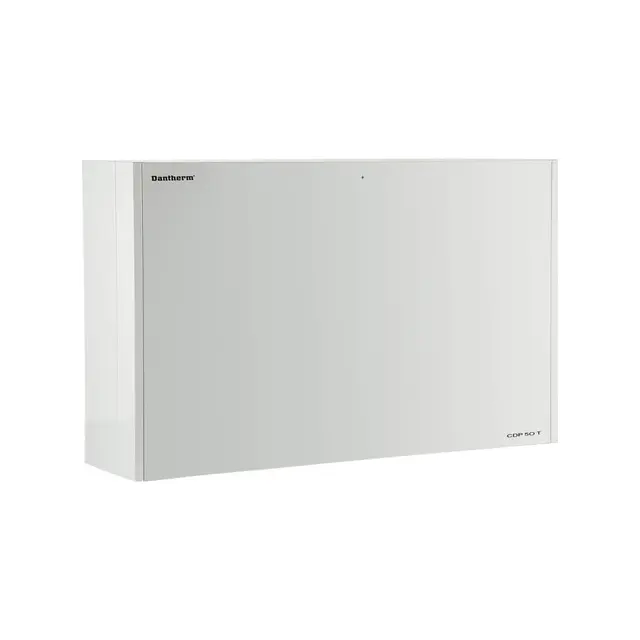Why dehumidification is a top priority for your indoor swimming pool build
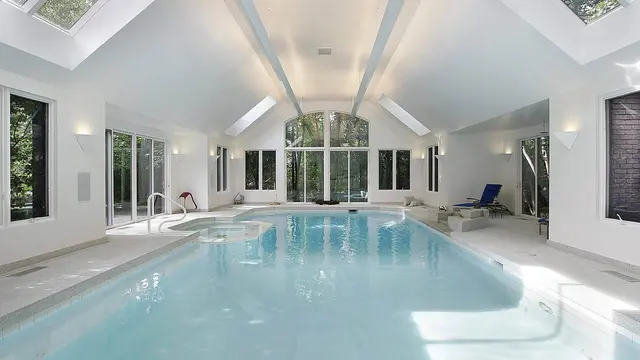
- Home
- Insights
- Humidity control and drying insights
- Why dehumidification is a top priority for your indoor swimming pool build
Understanding how humidity levels affect your indoor swimming pool is vital if you want to make it last. In this article, you’ll learn how dehumidifiers can help you optimise the atmosphere and prevent expensive problems down the line.
Several thousand litres of water can evaporate from an indoor swimming pool in a single day. All that moisture can contribute to mould, damp, rot and corrosion in indoor pool buildings. And, to make matters worse, damage is accelerated in chlorinated pools as the chemicals captured in water droplets will attack and erode the surfaces they land on.
If this chlorinated vapour permeates the walls of your poolroom, it will start to deteriorate cement blocks, mortar joints, bricks, metal doors and light fixtures. This has the potential to undo all the hard work that it takes to build and maintain a swimming pool, with big problems appearing in a very short space of time.
To rid pool environments of unwanted humidity and reduce potential damage, it’s crucial to have a dehumidification system that’s optimised for your setting. To save yourself time, hassle and unnecessary costs, dehumidification should be a top consideration in the early planning stages of your indoor pool build.
Investing extra time into planning your dehumidification system not only protects your pool building and equipment, it also maintains a safe and pleasant environment for your staff and visitors.
What causes humidity levels to change in indoor swimming pools?
Once you identify the causes of humidity in your pool, and understand why it changes, you can define your dehumidification needs more easily. There is no one-size-fits-all when it comes to deciding on the right solution, so you will need to take different factors into account if you need your dehumidifier to regulate the environment of a spa, as opposed to an olympic pool, for example.
Finding the right dehumidification solution for your setting
To decide on the right kind of dehumidifier, and how best to optimise it for your setting, you will need to forecast the total humidity load of your indoor pool as accurately as possible.
Key factors that will affect your prediction are:
The evaporation from the pool increases the humidity load
Bystanders and users increase the humidity load
Outdoor air decreases the humidity load
Air handling units
The number one benefit of air handling units is that they maintain both optimum temperature and humidity. They also have the ability to replenish 100% of the air in a poolroom.
In medium-to-large public pools, hotel pools, and leisure centers, where there is a greater need for fresh outdoor air, air handling units are more likely to be the most suitable investment. This is because they are the best choice for maintaining a constant air flow and creating a better environment for larger numbers of visitors.
Ventilation systems extract warm, humid air from pool rooms and replace it with fresh dry air from outside. The energy from the warm air in the pool room is then used in the heat recovery section in the system. For improved energy efficiency, Dantherm air handling units offer demand-based use of fresh air handled by our sophisticated control system which has been developed over the past 40 years.
Refrigerant dehumidification
When a large volume of outside air isn’t necessary (in smaller pools or private pools, for example) refrigerant dehumidification is less of a financial investment, simple to use and takes up less space than a ventilation dehumidifier.
A refrigerant dehumidifier consists of a fan, a cooling unit and, if required, an outdoor air in-take. The cooling unit includes an evaporator, a condenser, and a compressor.
As humid air flows over a cold coil inside the cooling unit, the water in the air becomes condensation. A refrigerant in the cooling unit then evaporates at low pressure and low temperature, before being condensed at high pressure and high temperature.
Determining operating conditions
Once you have decided on the right type of dehumidification system for your pool build, it’s important to take a step back to define the conditions under which it needs to operate. Five of the most important considerations are:
Water temperature
Private pools and hotels: 29-31°C
Public swimming pools: 29-31°C
Competition swimming: 24-27°C
Therapy baths: 35-37°C
Spa: 36-40°C
Room temperature
Recommended 1°C higher than water temperature
Relative Humidity (RH)
Approximately 50% RH during winter
Up to 60% RH in the summer
Water content in the air outside
9g water/kg air (VDI Northern European standard)
11.2g water/kg air (Biasin/Krumme UK standard)
Standard for relative humidity by maintaining a RH level between 50% to 60%
Future-proof your pool build
Managing and regulating humidity is a complex process, but by getting ahead with a solid understanding of which dehumidification system is right for your setting, you can avoid major problems after your pool build is complete. An alarming number of swimming pool buildings take on irreparable damage because of rot and corrosion – problems that could have been prevented with regulated humidity.
As well as a range of innovative dehumidifying solutions, Dantherm offers decades of expertise in maintaining optimum environments in private and commercial swimming pools. Contact our team to find out more.
Related products
Featured insights
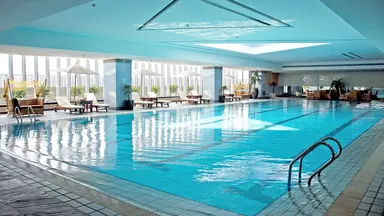
Optimise the environment and help your swimming pool stay pristine
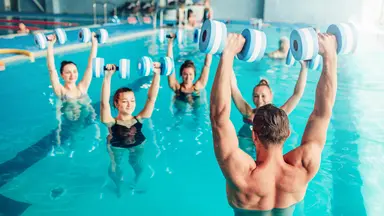
Creating a comfortable rehabilitation swimming pool
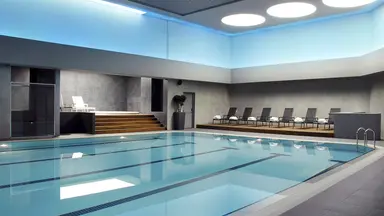
44 pages of expert advice to keep the air in indoor swimming pool areas healthy and comfy
Need help with choosing the right solution? Our team of over 100 climate control experts can assist.
You can also reach out or join the discussion on our Social Media. Check out our LinkedIn page.
